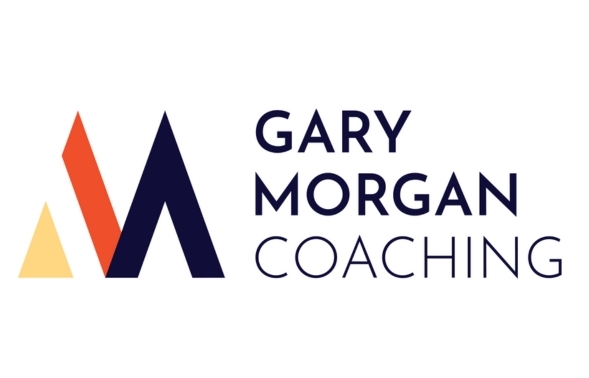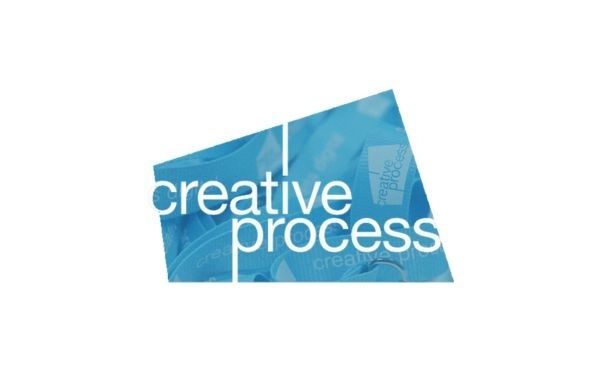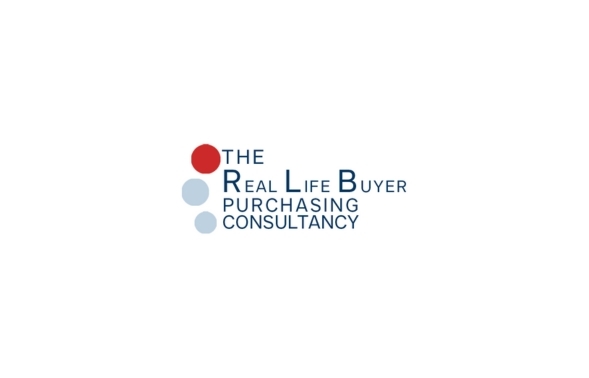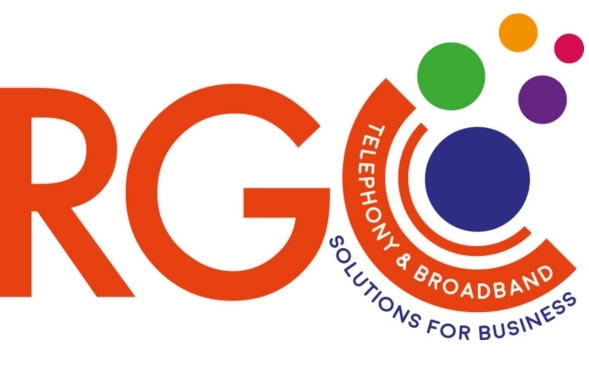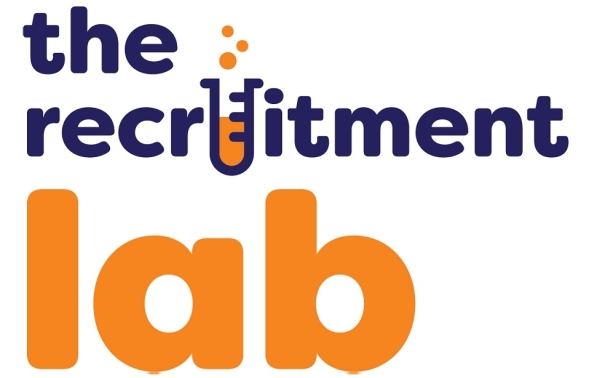In the competitive sales world, facts and figures alone rarely close deals. While data is essential, storytelling captures attention, evokes emotion, and drives action. Mastering the art of storytelling in sales can transform your pitch from a transactional exchange into a memorable experience that resonates with your prospects and compels them to say “yes.”
In this article, I share the art of storytelling in sales and how it can create a deeper emotional connection with prospects and close more deals.
Why Storytelling Works in Sales
Stories are universal; they tap into the emotional and psychological aspects of decision-making. Here’s why they are so effective in sales:
- They make information relatable: A story can simplify complex concepts, making them easier for your prospects to understand.
- They create emotional connections: People buy based on emotions and justify their decisions with logic. A well-crafted story engages both the heart and the mind.
- They are memorable: While data is quickly forgotten, stories stick. A powerful narrative helps your message stand out in a crowded marketplace.
The Elements of a Compelling Sales Story
A great sales story is more than just words; it is a structured narrative designed to connect with your audience and address their needs. Here’s how to craft one:
- Know Your Audience: Before telling any story, understand who your prospect is, what they value, and the challenges they face. Tailor your story to their specific needs, pain points, or desires, ensuring it feels personal and relevant.
- Define the Problem: Every great story starts with a challenge. Clearly articulate the problem your prospect or a similar customer faced. Use vivid language to paint a picture of the pain points, frustrations, or missed opportunities they experienced.
- Introduce the Hero (Hint: It’s Not You): The hero of your sales story isn’t your product or even your company, it’s your customer. Showcase how they navigated their challenge with your solution acting as the guide.
- Show the Transformation: Highlight the before and after. What was life like for your customer before they used your solution? How did things change afterwards? Use tangible outcomes, metrics, or vivid descriptions to make the transformation clear and impactful.
- Incorporate Emotion: Emotion is the driving force behind any compelling story. Whether it’s the joy of newfound success or the stress of inefficiency, let the emotional journey shine through.
- Keep It Simple and Concise: While it’s tempting to include every detail, being brief and to the point is key. Aim for a story that delivers impact in just a few minutes, ensuring it holds attention without overwhelming your prospect.
Tips for Mastering Storytelling in Sales
- Practice Listening to Understand: Great storytellers are also great listeners. Pay attention to your prospect’s pain points and aspirations, then weave those insights into your narrative.
- Use Visual Language: Paint a picture with your words. Instead of saying, “Our solution improved productivity,” try, “Our solution helped them complete projects in half the time, freeing up hours for strategic work.”
- Incorporate Analogies and Metaphors: Comparisons can make abstract ideas concrete. For instance, “Our platform acts like a GPS for your business strategy, guiding you step by step to achieve your goals.”
- Be Authentic: Authenticity is non-negotiable. Share real customer stories or personal anecdotes that reflect genuine experiences with your product or service.
- End with a Call to Action: Every great sales story should lead to action. Tie the narrative back to your prospect’s needs and invite them to take the next step, whether it’s scheduling a demo or signing up for a trial.
Examples of Storytelling in Sales
The Case Study: Share a story about a past customer who overcame a similar challenge. For example, “One of our clients, a fast-growing start-up, struggled to scale their operations efficiently. With our software, they streamlined their processes, saving 20% on costs in the first quarter.”
The Origin Story: Share why your company exists or how your product came to be. This can humanise your brand and show your commitment to solving problems.
The Future Story: Paint a vision of what life could look like for your prospect after using your solution. “Imagine a world where your team spends less time on repetitive tasks and more time driving innovation.”
Final Words
Storytelling is more than an art; it’s a powerful sales tool. By connecting with your prospects through stories, you can create a deeper emotional connection, simplify complex solutions, and inspire action.
As you prepare for your next pitch or presentation, ask yourself: How can I tell a story that speaks directly to my prospect’s needs and aspirations? Master this skill, and you’ll not only close more deals but also build lasting relationships that stand the test of time.
If you would like my help with your Storytelling or any other Sales Challenge, please call me on 020 8337 5937 or send an email to gary@garymorgan.coach
Find out more about my sales training here.
This article first appeared on www.garymorgan.coach on the 19th February 2025
